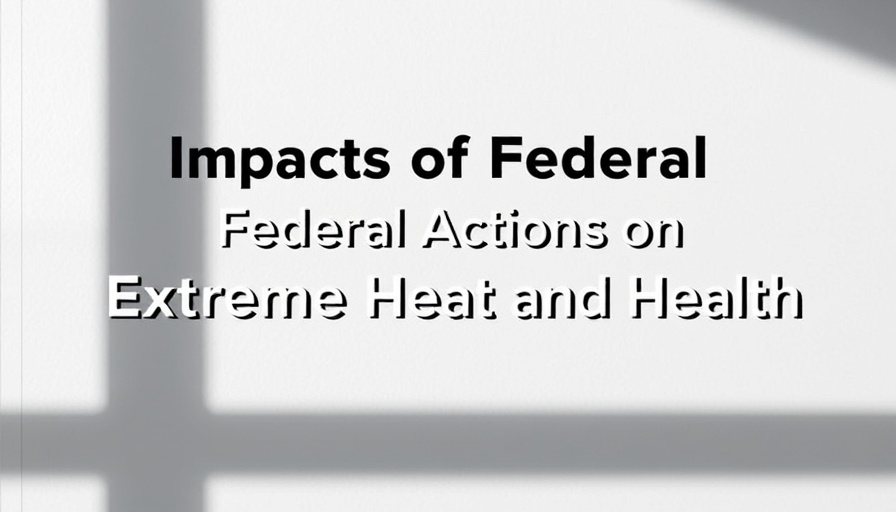
The Importance of Vaccine Monitoring in Public Health
Vaccines play a crucial role in protecting public health, preventing millions of hospitalizations and deaths annually in the U.S. However, despite their overwhelming safety, questions surrounding their monitoring have emerged—especially in the wake of growing political scrutiny. In today’s climate, understanding how vaccine safety is monitored by the federal government is essential.
A Closer Look: Federal Systems for Vaccine Safety
The federal government has established multiple systems aimed at tracking vaccine safety over the years. These systems not only monitor adverse events but also analyze data collected both during the regulatory approval process and after vaccines are licensed for public use. Among these systems is the Vaccine Adverse Event Reporting System (VAERS), a joint initiative by the CDC and FDA, which enables healthcare professionals and the public to report any adverse events or side effects following vaccination.
Controversy and Concerns Surrounding Vaccine Safety
Recently, discussions about vaccine safety have intensified, particularly following statements made by key government officials. For instance, Secretary of Health and Human Services, Robert F. Kennedy, Jr., has openly criticized the existing systems, calling for significant reforms. His remarks suggest that many adverse events go unreported, highlighting concerns about transparency and data collection. Such debates raise critical questions about public trust in vaccination programs, especially in the context of the ongoing COVID-19 pandemic.
Addressing Common Misconceptions About Vaccine Monitoring
One significant misconception is that the federal government does not effectively monitor vaccine safety. Contrary to this belief, experts contend that rigorous systems are already in place, enabling authorities to identify important safety signals. With decades of experience, these systems have previously recognized and managed vaccine safety issues, underscoring the federal commitment to public health.
Vaccine Monitoring: A Collaborative Effort
The monitoring of vaccine safety is not just the responsibility of federal agencies; it also involves collaboration with healthcare providers, researchers, and the general public. In particular, the Post-licensure Rapid Immunization Safety Monitoring (PRISM) and the Biologics Effectiveness and Safety (BEST) initiatives serve as integral components in the continuous evaluation of vaccines. By engaging healthcare professionals and the community, the federal government enhances its capacity to uncover potential safety concerns.
What Lies Ahead for Vaccine Safety Monitoring
Looking forward, it is critical for the government to address the mounting skepticism surrounding vaccine safety monitoring. Should Kennedy proceed with his proposed reforms, the very fabric of vaccine oversight could shift dramatically. While enhancing safety measures is vital, fostering public trust through transparent communication is equally important. As discussions evolve, the journey toward ensuring safe vaccines will undoubtedly involve balancing scientific rigor with public perception.
Final Thoughts: The Value of Staying Informed
For both insured and uninsured citizens, understanding how vaccines are monitored is vital for making informed healthcare decisions. With the role of vaccines ever so pivotal, fostering engagement and awareness about vaccine safety monitoring can strengthen community trust and promote health literacy. Keeping the conversation alive is essential as we navigate the complexities of public health together.
Engage with your local health initiatives, seek out credible information, and consider how you can contribute to community health discussions. Your involvement can make a difference in building a healthier future for everyone.
 Add Row
Add Row  Add
Add 




Write A Comment